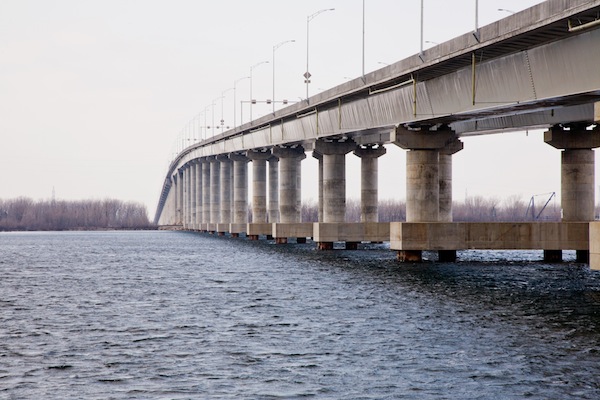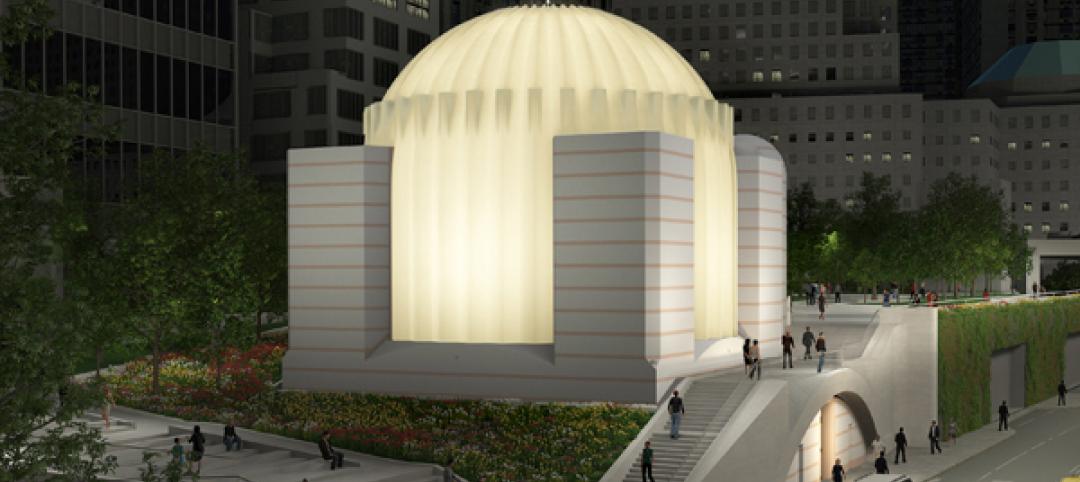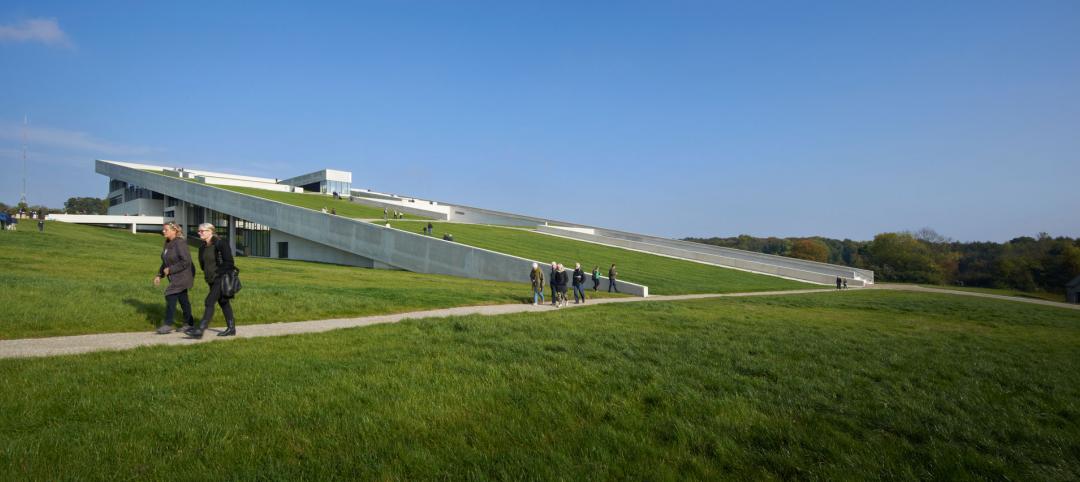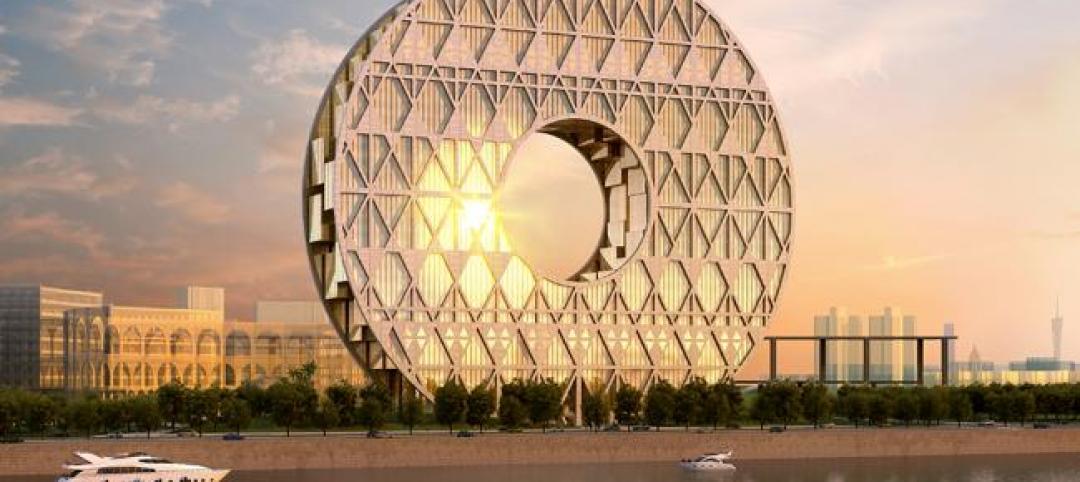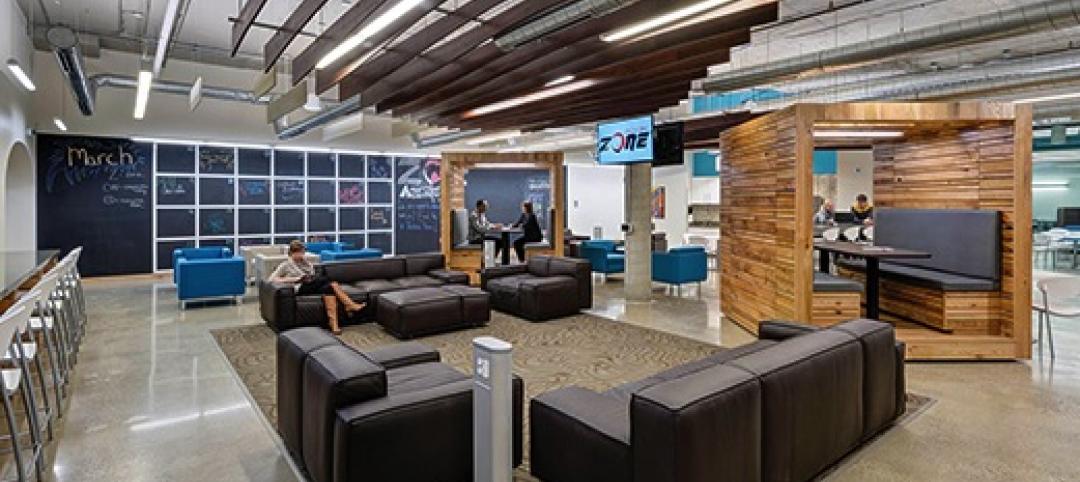Arup, a multidisciplinary engineering and consulting firm with a reputation for delivering innovative and sustainable designs, announced today that it has opened an office in Montréal, Québec. Active in Canada since 2000 when it opened its Toronto location, Arup has had a presence in Montréal to deliver the design of the recently opened Autoroute 30. The office will be led by Associate Principals Martin Landry, QAA and Douglas Balmer, and will deliver engineering and consulting services to the Québec market.
“Our new Montréal office further establishes Arup’s commitment and investment in the Canadian market, and increases our ability to provide the highest-quality service to clients in multiple market sectors,” said Andrew McAlpine, principal at Arup. “We are excited to formalize and expand our presence in this vibrant community. We have had a warm welcome here and experienced growing interest in what Arup offers.”
Arup embraces the ideal of total design: the integration of the design and construction processes and the interdependence of all the professions involved. A driving force within the firm since its founding in 1946, this idea supports the creative nature of engineering design, the value of innovation and the social purpose of design.
Furthermore, Arup’s independent ownership structure leads to clear-sighted, thoughtful decisions about its priorities as a business and a member of society and enables principled advice that puts the needs of clients and communities at the forefront.
Arup’s recent projects in Québec include the Autoroute 30 (A30), the 42 km highway including nine interchanges, twin two-km-long bridges, 29 other bridges, and a 100-m tunnel beneath the Soulanges Canal; a number of assignments over many years planning the growth and development of Mirabel, Pierre-Elliott-Trudeau and Jean Lessage International Airports; and working as part of a team with PricewaterhouseCoopers (PwC) to establish the business case for replacement of the Champlain Bridge. Other projects in Canada include design of two stations on the Toronto-York Spadina Subway Extension in Toronto, planning and engineering associated with the redevelopment of Toronto’s waterfront, and design of two stadiums and the velodrome being used for the 2015 Pan/Parapan American Games.
About Arup
Arup is the creative force at the heart of many of the world’s most prominent projects in the built environment and across industry. Its engineers and consultants deliver innovative projects across the world. Arup opened its first US office 25 years ago, and now employs 1,000 in the Americas. The firm was founded in 1946 with an enduring set of values that fosters a distinctive culture, intellectual independence and collaborative approach. The people at Arup are driven to find a better way to deliver better solutions for their clients. (www.arup.com)
Related Stories
| Oct 23, 2014
Santiago Calatrava-designed church breaks ground in Lower Manhattan
Saturday marked the public "ground blessing" ceremony for the Saint Nicholas National Shrine, the Greek Orthodox Church destroyed on 9/11 by the collapse of the World Trade Center towers.
| Oct 23, 2014
Prehistory museum's slanted roof mimics archaeological excavation [slideshow]
Mimicking the unearthing of archaeological sites, Henning Larsen Architects' recently opened Moesgaard Museum in Denmark has a planted roof that slopes upward out of the landscape.
| Oct 23, 2014
China's 'weird' buildings: President Xi Jinping wants no more of them
During a literary symposium in Beijing, Chinese President Xi Jinping urged architects, authors, actors, and other artists to produce work with "artistic and moral value."
| Oct 22, 2014
Customization is the key in tomorrow's workplace
The importance of mobility, flexibility, and sustainability in the world of corporate design are already well-established. A newer trend that’s gaining deserved attention is customizability, and how it will look in the coming years, writes GS&P's Leith Oatman.
| Oct 21, 2014
Passive House concept gains momentum in apartment design
Passive House, an ultra-efficient building standard that originated in Germany, has been used for single-family homes since its inception in 1990. Only recently has the concept made its way into the U.S. commercial buildings market.
| Oct 21, 2014
Hartford Hospital plans $150 million expansion for Bone and Joint Institute
The bright-white structures will feature a curvilinear form, mimicking bones and ligament.
| Oct 21, 2014
Norman Foster, Zaha Hadid release plans for resorts in Nanjing and Wuhan, China
Jumeirah Group, a hotel group forming a part of investment group Dubai Holding, has chosen Zaha Hadid and Norman Foster to design two of three of its proposed resorts in Nanjing, Wuhan, and Haikou.
| Oct 21, 2014
Inside LEED v4: The view from the MEP engineering seats
Much of the spirited discussion around LEED v4 has been centered on the Materials & Resources Credit. At least one voice in the wilderness is shouting for greater attention to another huge change in LEED: the shift to ASHRAE 90.1-2010 as the new reference standard for Energy & Atmosphere prerequisites and credits.
| Oct 21, 2014
Perkins Eastman white paper explores state of the senior living industry in the Carolinas
Among the experts interviewed for the white paper, there was a general consensus that the model for continuing-care retirement communities is changing, driven by both the changing consumers and more prevalent global interest on the effects of aging.
| Oct 20, 2014
Singapore Sports Hub claims world's largest free-spanning dome
The retractable roof, which measures a whopping 1,017-feet across, is made from translucent ETFE plastic panels supported with metal rigging that arches over the main pitch.


